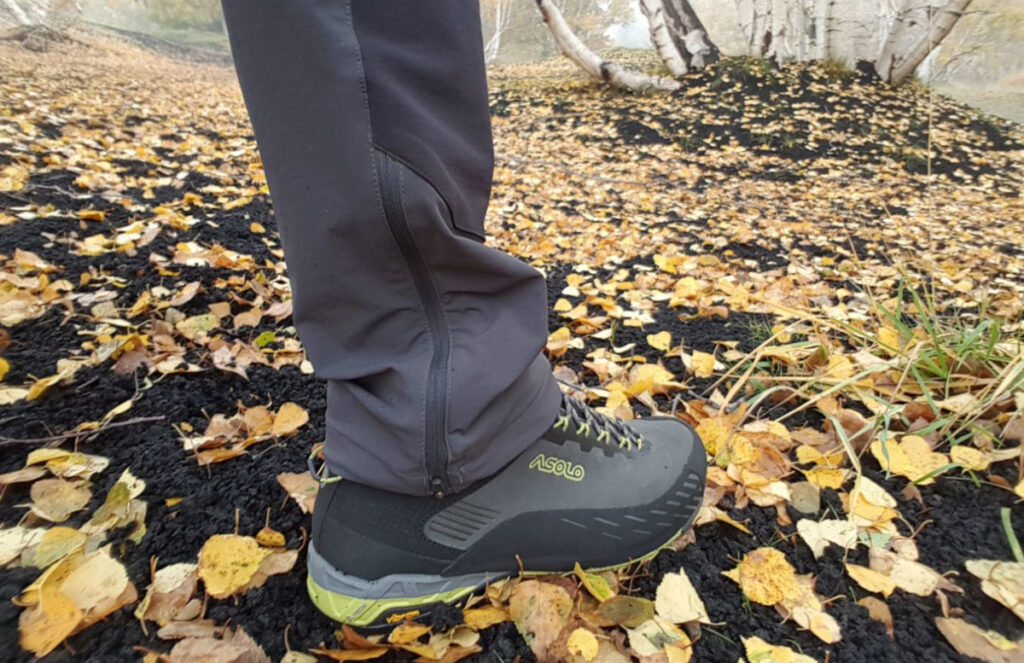Many people, including visitors who come from the Alps and often go hiking, underestimate Etna and the weather conditions. Even though Etna is very far south, it can be very cold. Also, the weather often changes very quickly because Etna is a single free-standing mountain and is not within a mountain range.
We would therefore like to give you some useful tips on the right equipment on Etna!
What equipment you need on Etna depends on:
- the time of year you are doing the tour,
- at what altitude you are doing the tour,
- the current weather conditions.
The temperature on Etna is about 10 to 20 degrees colder at over 2500 metres than on the coast. At 2000 metres it is about 10 to 15 degrees colder.
But how the temperature actually feels depends on how strong the wind is, whether a hot wind is coming from the south or a cool wind from the north, and how strong the sun is shining or whether it is cloudy.
The right equipment on Etna in summer
In summer it can feel quite hot on Etna, and especially the ascent can be very strenuous. So if you really want to hike, you should consider what time of day you do the tour. It’s best to start early in the morning or in the afternoon to avoid the midday heat.
Alternatively, you can take an easier tour that doesn’t involve a lot of altitude gain.
It is important that you always have enough water with you! In summer you need at least 1.5 litres of water per person for a full-day tour!
Also important: sun protection! Sun cream, sunglasses and a cap! The higher you go, the greater the UV radiation, as there is less and less atmosphere to absorb the UV radiation. UV radiation increases by about 15 to 20 % per 1000 metres of altitude!
Tours over 2000 metres
For an intermediate to difficult tour, you definitely need high hiking boots. Even though the terrain on Etna is usually not that challenging (except when walking on a new lava flow), you often walk through a thick layer of volcanic sand. The grains are sharp-edged and easily get into low shoes – especially when walking downhill.
You also need long hiking trousers that go over your hiking boots. This is the only way to prevent the sand from getting into your shoes and you having to empty your shoes every 5 minutes.
So even in summer we recommend long trousers. If that is too hot for you, you can also wear high shoes with long socks. You can put the long socks over your shoes, just like gaiters.
If you walk a lot over volcanic sand, you also kick up a lot of dust. Also, if it is windy, the wind brings a lot of dust with it. We therefore recommend not wearing contact lenses, but better glasses.
Even if it is very warm in summer, you should have a wind or rain jacket with you. When we take a break and there is a cool wind, you can freeze quickly, especially if you are all sweaty from the climb. Also, the weather on Etna can change quickly.
If you go on a tour in the evening, you should also take something warm (e.g. a jumper) with you until June.
Tours below 2000 metres
For an easier tour below 2000 metres, it is sufficient if you have normal sports shoes or lower hiking boots with you. They are also lighter and more comfortable in the heat.
The right equipment on Etna in winter
In winter, not all tours are possible due to the weather conditions. In any case, the summit cannot be climbed in winter, if it is allowed at all due to the volcanic activity.
If you want to do a tour in winter, make sure to check the current snow conditions beforehand. Half a metre of fresh snow is not uncommon on Etna, especially on the north side. You may therefore need snowshoes to be able to hike.
In any case, you will need several layers of waterproof snow clothing, a hat, gloves, waterproof high hiking boots and a wind or rain jacket.
Sun protection can also do no harm in winter when there is snow!
In winter, 1 litre of water per person is sufficient for a full-day tour.
By the way: we at EtnaWay lend you equipment free of charge!
- High trekking boots (please let us know your shoe size when booking),
- Hiking poles,
- Backpacks,
- Wind/rain jackets,
- Helmets and lamps for visiting the lava tunnels.

